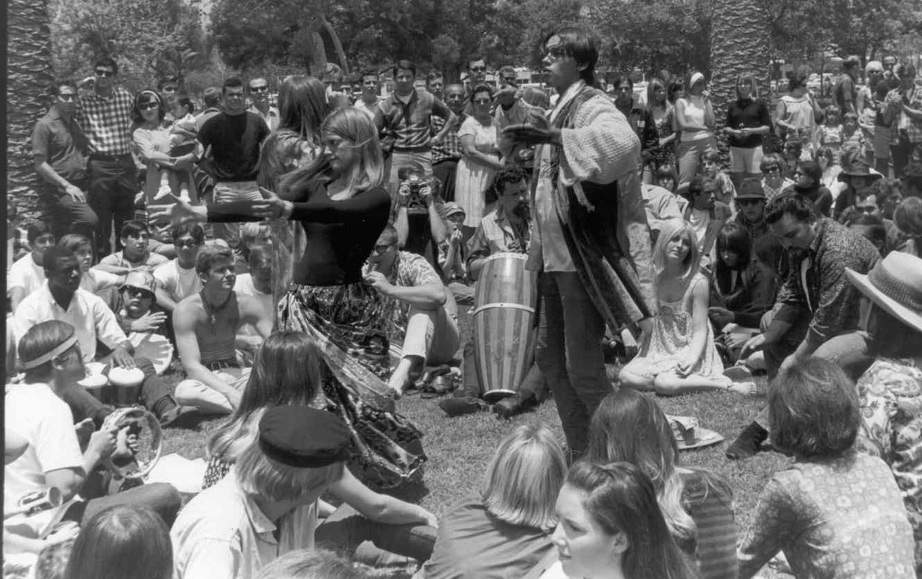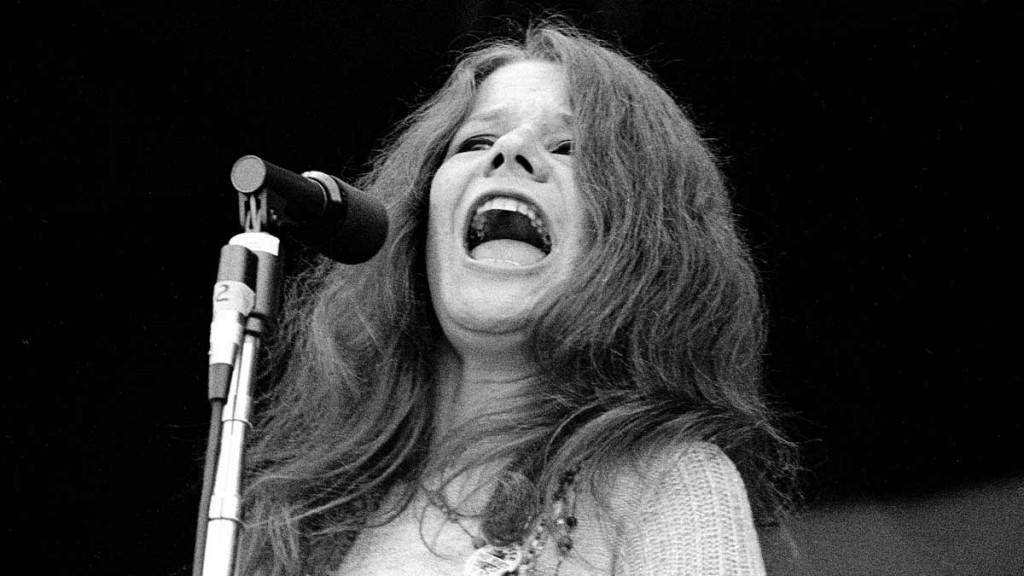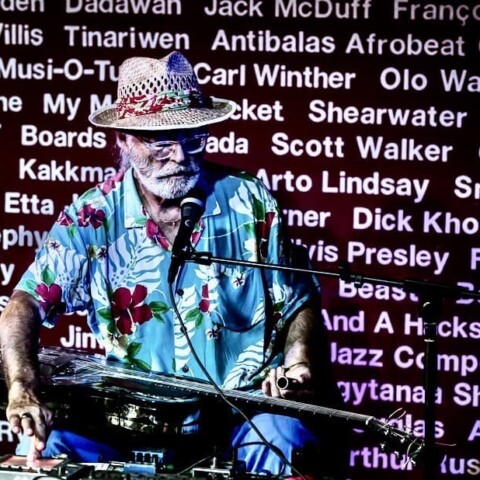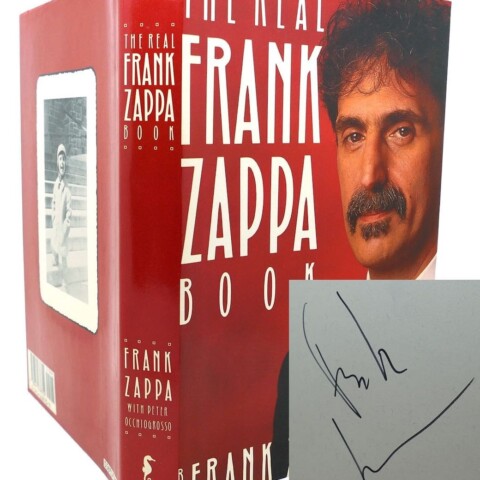For Gary Steel no opinion, or position, is set in stone. Time alters everything.

I’VE SEEN THE film of the 1967 Monterey International Pop Festival a number of times, and highlighted excerpts from it many times more. It’s an amazing – if somewhat rough-hewn – document of the first big rock festival right smack dab in the middle of the much-mythologized Summer Of Love.
But it titillates in its brevity. So I’ve been casually searching for an extended audio document of the festival for a number of years – a chance to hear those performances that were recorded in their entirety, and in chronological order. Recently, I found the next best thing: a four-CD box set with chunky booklet that’s probably as definitive a document of the festival as we’re likely to get. For whatever reason, several artists only get one or two songs, and several others wouldn’t give clearance for their performances to be used, but in this era of “performan ce rights” and “copyright ownership” preposterousness, I’m just thankful for what we’ve got.
ce rights” and “copyright ownership” preposterousness, I’m just thankful for what we’ve got.
The self-titled Monterey International Pop Festival (Salvo/Union Square) box apparently came out in 1992, but has been refurbished in a more practical box, and sonically spruced-up, for its 2013 reissue. It’s a pretty package, but I was cheesed off to find the booklet literally falling apart in my hands as I browsed (carefully) through its pages. Whoever printed the booklet should get a brisk and painful slap on both cheeks by a large wet fish, because they’ve not glued it together properly.
In this era of ‘performance rights’ and ‘copyright ownership’ preposterousness, I’m just thankful for what we’ve got.
But we came for the music, right? I’ve never been much of a coveter of box sets. What’s the point of accumulating these mausoleums to dead acts when I’d much rather be listening and reassessing the music? So I got right down to it, hoping somehow to plug into the feelings that Janis Joplin, Jimi Hendrix and Jefferson Airplane sent rushing through my adolescent being, and filling me so completely, back in the late ‘60s. I don’t really do nostalgia, so would I even be able to connect with what I heard when I was 10, 11, 12, 13?
I was just a boy, really, but my sister was five years older than me, and she was down with the rock revolution, this explosion of psychedelia. I was already obsessed with music, recordings, gramophones, and would play literally any old shit just to see that needle track a record. But up ‘til then, I’d spent my five cents of pocket money on sale item singles by acts like Roy Orbison and mid-to-late 1960s pop acts. I remember hearing my older sister play records by The Who and Hendrix, and being simultaneously repulsed and overwhelmed by the sheer noise. And after a few listens, it became me, it was my noise.
Flower power was going to change the world, get rid of craggy old parents and their boring rules and regulations, and I was going to grow my hair long, and as soon as possible, leave home and join a commune. I became obsessed with Janis Joplin and The Doors, although in my uncertain voice, I could expertly mimic Joplin’s gargling cry for help much more effectively than Jim Morrison’s dulcet croon. I drove my parents up the wall with the ceaseless noise coming out of the family radiogram. Only my budgie could really appreciate it with me.
But things changed really fast. By high school age I was getting into art rock and progressive rock and oddball jazz, and by 15/16, the first signs of punk started to filter through. My hippy dream was over.
 I’ve remained fans of some of the better psychedelic-era bands, but wondered whether exposure to the first great flower power event two years short of 50 years since it occurred would give me an insight on a scene I was really just a bit too young to have experienced (I was 7/8 in ’67).
I’ve remained fans of some of the better psychedelic-era bands, but wondered whether exposure to the first great flower power event two years short of 50 years since it occurred would give me an insight on a scene I was really just a bit too young to have experienced (I was 7/8 in ’67).
I was already obsessed with music, recordings, gramophones, and would play literally any old shit just to see that needle track a record.
Unfortunately, yes. Time hasn’t been particularly kind to a lot of the Monterey International Pop Festival lineup. So here are a few admittedly general observations:
- Even though the Mamas & The Papas presided over, and made the festival happen, their brand of folk-rock was already fading as the next generation came through, blasting everything to bits with extravagant surges of electricity, volume, distortion and a mindset that was clearly radicalized by the use of LSD. I love the Mamas & The Papas more today than I did back then, because their super-produced brand of folk-rock still sounds fresh, and the songs are timeless. But live, onstage, they sounded pretty bad, and sometimes woefully out of tune, and despite the fact that their backing band was excellent, they couldn’t make up for the absence of those gorgeous multi-tracked arrangements, or the lack of orchestration. The Association similarly already sounded anachronistic in this setting. This anomaly is also observable on the five-song set by Big Brother & The Holding Company. This was Janis Joplin’s introduction to the world at large, and it’s easy to understand how this fireball of screaming emotion wowed the audience. She doesn’t always hit a note, her technique isn’t perfected, but none of that matters, because she’s defining herself right there onstage. Even as she’s cast herself in a blues mama setting, it’s her personality and style that oozes out of the performance. Big Brother, on the other hand, were a bunch of stoner freaks making an incredible noise, and as undisciplined as it was – and without much of a future – it also made a statement. The thing is though, that every now and then on this performance, you can hear the jug band that’s just underneath the molten guitar-led psychedelia. My point is that really living music as a fan involves a suspension of disbelief – something that was easy to do when first encountering what appeared to be an entirely new music form. Its magic rather falls away when you can peel off layers and see its nascent form underneath. I guess I could make similar observations about pre-Experience Hendrix, or The Beatles in ’64 vs. The Beatles in ’67, but neither of those are as downright corny as hearing what some of these American hippy bands sound like beneath the volume and distortion.
These guys were not only high, but a lot of the time, stupid with it.
- For someone who spent his formative years wanting to grow his hair and join a hippy commune, listening to the between-set announcements and some of the more ragged performances here fill me with regret and embarrassment. These guys were not only high, but a lot of the time, stupid with it. David Crosby’s rambling orations are quite entertaining in their jumbled hippy way, but his espousal of mind-altering drugs now seems at the very least regrettable, at the worst criminal. I wonder how many dumb hippies took his advice, and ended up in psychiatric institutions, or worse. Crosby has written several books about his near-fatal dalliance with drugs, and eventually became an anti-drug campaigner, but I never got the feeling that he had any regret for turning common punters onto destructive habits. Nice that he had the money to get clean and stay clean, eventually. Not so nice for many. But really, it’s the unforgivably ragged performances of some of the lineup that is the best advertisement for being drug-free. Okay I know, I know: the psychedelic explosion would never had occurred had it not been for people turning onto LSD, and a lot of my favourite music is soaked in the stuff. It’s a contradiction, for sure. I guess that’s why I prefer studio recordings to live ones 99 percent of the time.

The regrettable Crosby and The Byrds - And while we’re on a drug and dishevelment theme, I was shocked to discover how many of this all star cast aren’t with us anymore. Of the 20 acts on these four CDs, 36 members are no longer with us! Now that’s a rough count, and anyone under 40 who might be reading this is probably thinking: ‘yeah, but most of these guys are really, really old now, like 70 or something’. To which I feel compelled to add: Yeah, but 70 is the new 50! That so many of these musicians were fucked up and ultimately felled by drugs or lives cut short because they had been ravaged by drugs and alcohol, well… all I can say is that I’m thankful I discovered Frank Zappa in the early ‘70s, and that his drug-free vision of freakdom struck such a chord that I was saved from years wasted in self-abuse. But really, 36 dead musicians is a high toll to pay, especially when such a lot of the music just isn’t that good, but could have been better had they been a little more cogent and together at the time.

So, what’s good? If I was to make a C90 of the best bits, it would go something like this: Big Brother & The Holding Company (the songs where you can’t hear the jug band coming through – ‘Down On Me’, ‘Combination Of The Two’, and ‘Ball & Chain’), The Butterfield Blues Band (still so underrated, these guys were immersed in the blues without being a slave to its tropes), Jefferson Airplane (ironically, a band who were often spectacularly sloppy live actually sound reasonably together here, and Grace Slick’s vocals on ‘Somebody To Love’ and ‘White Rabbit’ show just why 1967 was their year), and Booker T & The MGs and Otis Redding (who both seem like they’ve been selected as token soul/funk guys in this setting, but easily blow away just about all the hippy bands on the lineup; Redding is extraordinary on ‘I’ve Been Loving You Too Long’ and ‘Try A Little Tenderness’). And while the Mamas & The Papas performed poorly, Cass Elliot’s introductory speech is worth hearing: had she survived, I’m sure she would have developed into quite a raconteur, with her wit and playfulness.
I was going to grow my hair long, and as soon as possible, leave home and join a commune.
What’s not good? There’s quite a bit of pointless blues boogie, exemplified by Canned Heat, and both The Who and Jimi Hendrix probably seemed explosive and amazing at the time, but neither of them turn in a particularly great set. Hendrix takes up a large portion (nine songs) of the last disc, and the performance has its moments, but it feels a little too much like he was trying to impress, and the shortcomings of Mitch Mitchell’s rather stiff drumming style are exposed in the toppy mix. Likewise, The Who are captured at a time when part of their persona was the odd-shaped pop of ‘Happy Jack’ and ‘Pictures Of Lily’, part of it was the thrash of ‘My Generation’, but they were also developing the extended rock opera pretensions of ‘A Quick One While He’s Away’. It’s a schizophrenic portfolio and it comes across as a little hollow. But then, I only ever really liked the more ‘pop’ facet of The Who. Lastly, and possibly least, is the seven-song set by The Byrds, who fail to get their vocal harmonies in order, fail to bring out the hits, and fail to take off into psychedelic orbit.

What I find interesting about hearing portions of performances from the 1967 Monterey International Pop Festival is that listening to it as a 56-year-old, I’m hearing it in a spectacularly different way than I would have at the time, or even 10 years later. There’s amazing music in here, but a lot of it now just strikes me as a bit naff. I would be a bit embarrassed to play these discs to a teenager in 2015, not because it’s inherently bad, and not because it’s nearly 50 years old, but because so much of it is poorly rendered, and a big reason for that is because so many of the musicians (and audience) were out of it. Woodstock was even more drug-soaked, but somehow, the performances were better, and have retained much of their freshness. Perhaps that’s because the technology (microphones, amplification) had progressed, and a new generation of effortlessly skillful musicians (Santana, Joe Cocker’s band, to name just two) had joined the fray.
This is important music and cultural history, warts and all, and like all rock history, it’s important that we don’t deify it as if it was free of flaws. GARY STEEL
* The first in a new series, Reflections Of A Boomer.














